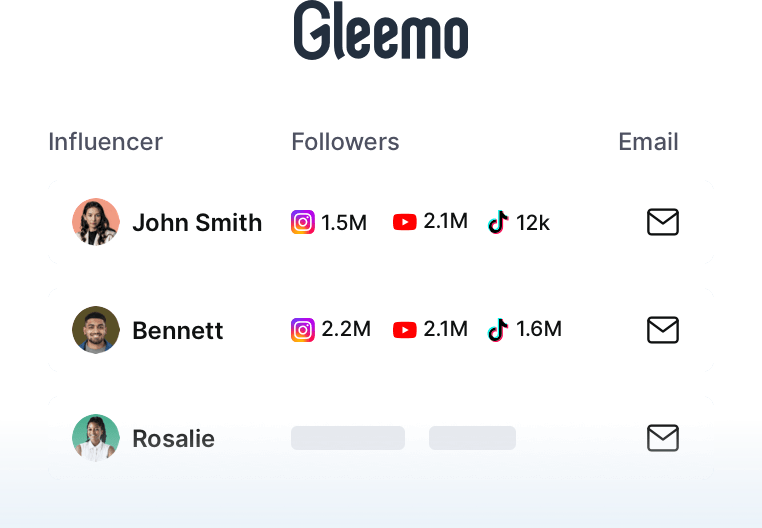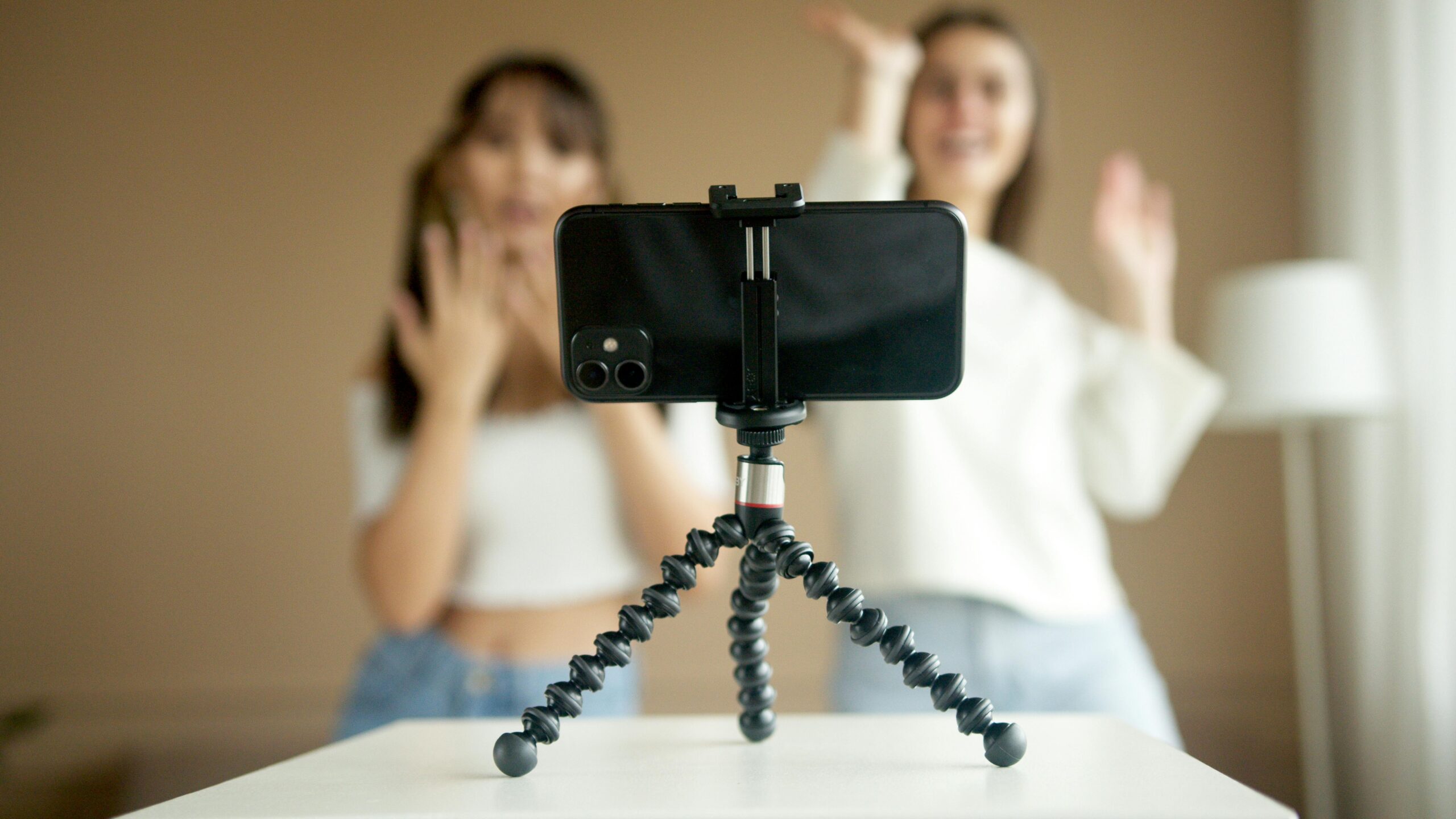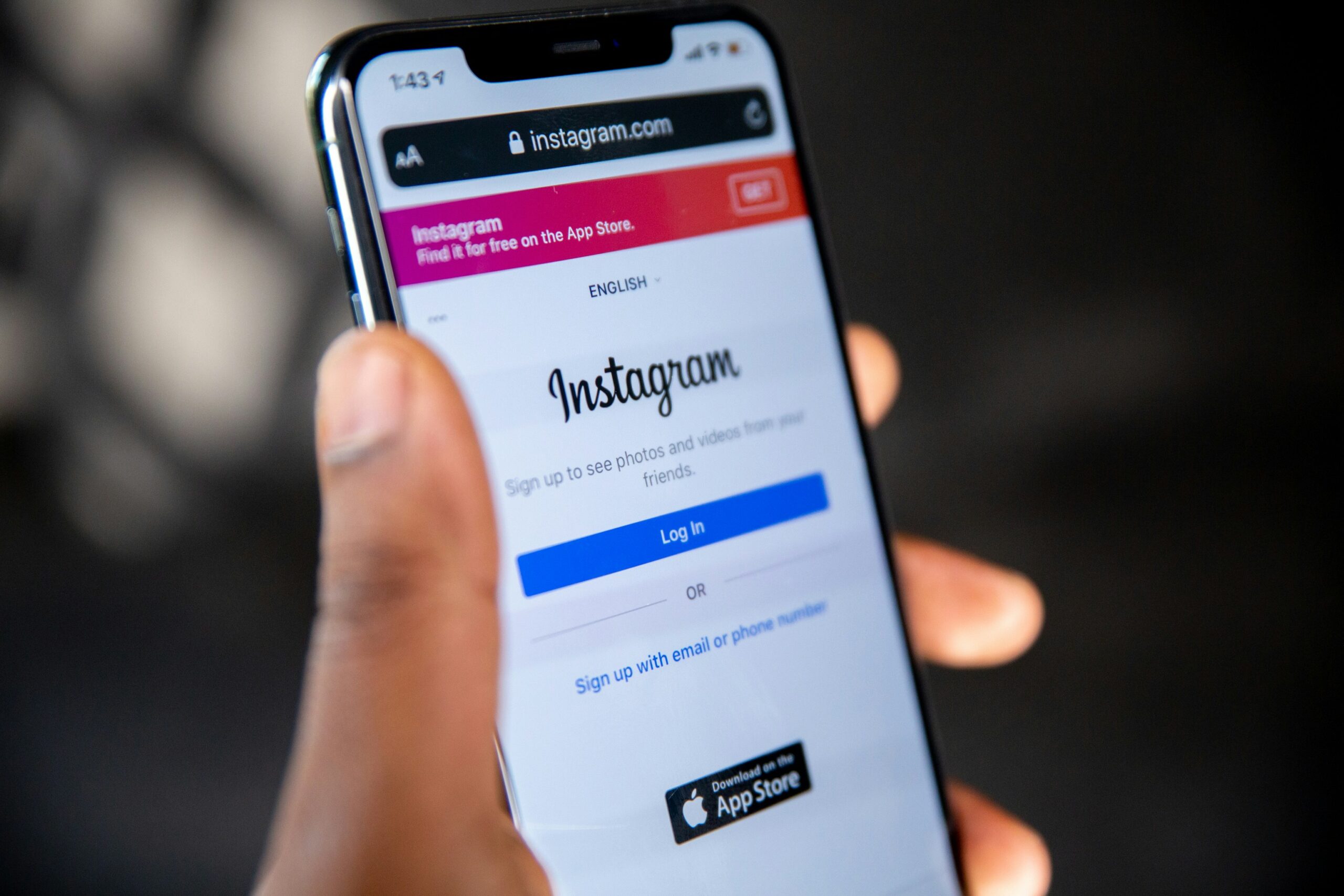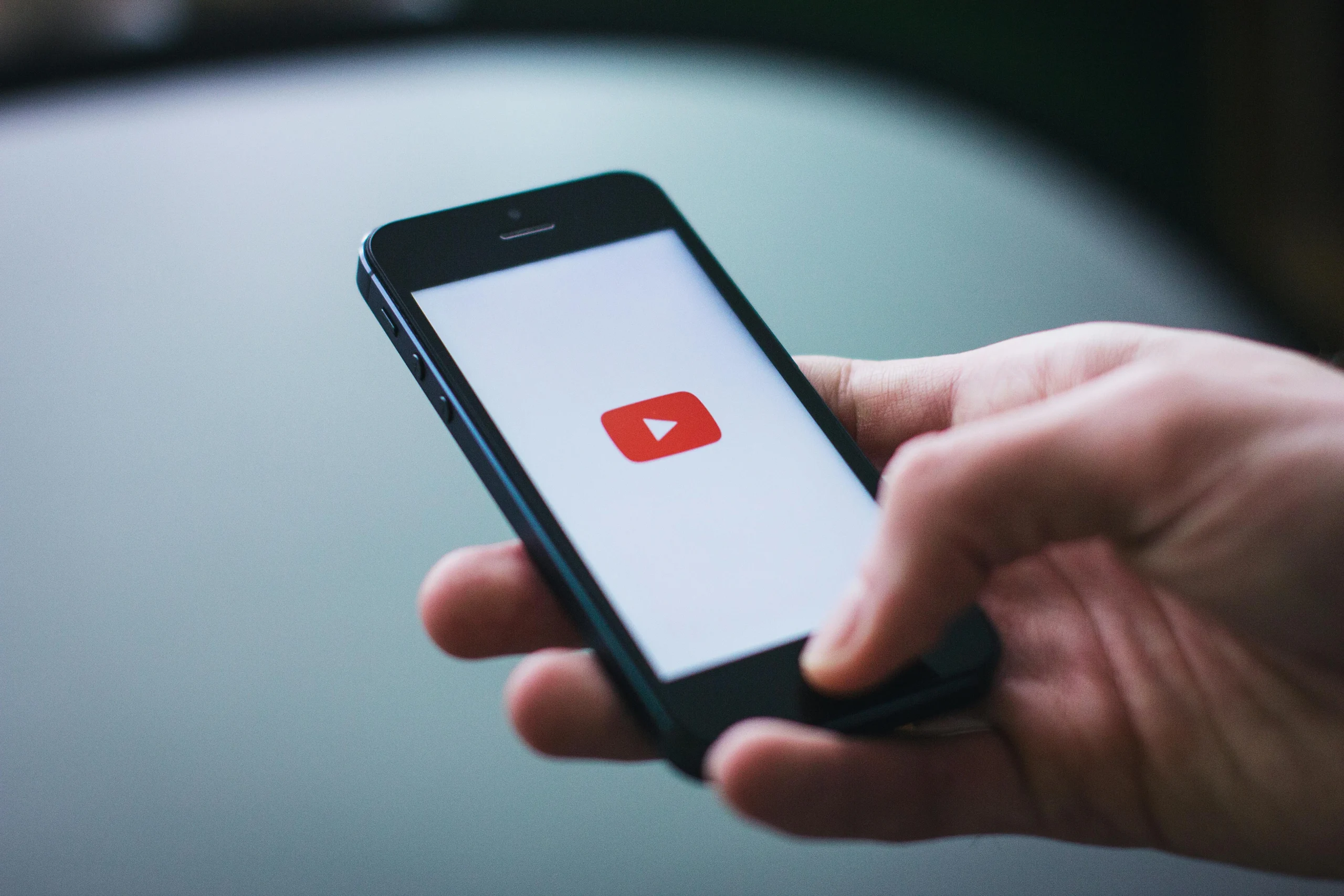Want your brand to break through quickly and reach your target audience effectively?Influencer Outreach is your key strategy! Whether launching a new brand or expanding an existing one, partnering with social media creators delivers authentic endorsements and traffic conversion.
How do you master the Influencer Outreach workflow? Practical templates, expert tool guides, and all the answers are right here.
Why Is Influencer Outreach Important for Brands?

What is Influencer Outreach?
Influencer Outreach is the process where brands establish collaborative partnerships with social media influencers. Through carefully designed communication strategies, brands achieve specific marketing goals. Unlike traditional advertising, it focuses on leveraging an influencer’s authority and audience trust within their niche to deliver brand value through authentic, organic content.
Common Outreach Challenges and Mistakes
Despite the huge potential of Influencer Outreach, many brands still face numerous challenges in practice:
Low response rate issues
- Lack of personalized communication and failure to tailor collaboration proposals to the influencer’s characteristics.
- Poor matching of the influencer’s style, such as promoting beauty products to a tech reviewer, which, despite high collaboration costs, fails to deliver the desired results.
Missing data screening
- Failure to conduct an in-depth analysis of the influencer’s engagement rate may lead to selecting influencers with a large number of followers but poor actual interaction.
- Ignoring the audience overlap indicator, resulting in wasted collaboration resources and failure to accurately reach the target customer base.
How To Do Influencer Outreach: A Step-by-Step Breakdown
Influencer outreach is the bridge between brands and influencers to build new relationships. Here’s a breakdown of six key steps:
1. Define Objectives and KPIs
Clarify the goals of your influencer outreach. For example, if your goal is to increase sales for a specific product, your KPIs could be the number of sales generated from the influencer’s referral link. Then, decide how to measure success, such as through views, clicks, conversions, or follower growth.
Common examples of influencer marketing goals:
- Attract more UGC (user-generated content)
- Building brand reputation
- Raise awareness about a new product or service type
- Generate more leads
- Encourage more user reviews
- Drive sales
- Boost website traffic or follower count
Common KPIs for Influencer Outreach:
- Engagement Metrics: Likes, comments, shares, and saves on influencer posts. High engagement indicates that the content resonates with the audience.
- Reach and Impressions: The number of unique users who see the influencer’s content (reach) and the total number of times the content is displayed (impressions).
- Click-Through Rate (CTR): The percentage of users who click on a link in the influencer’s post, which is important for driving traffic to your website or product page.
- Conversion Rate: The percentage of users who complete a desired action, such as making a purchase, signing up for a newsletter, or downloading an app, after clicking through from an influencer’s post.
- Return on Investment (ROI): Calculated by comparing the revenue generated from the influencer campaign to the total cost of the campaign, including payments to influencers, production costs, and any other associated expenses.
2. Choose Outreach Channels and Approaches
Selecting the right outreach channels and approaches is essential for effectively connecting with influencers. Different channels suit various types of influencers, campaign goals, and budgets.
Social Media Direct Messaging (DM)
Platforms like Instagram, TikTok, Twitter, and Facebook Messenger are ideal for reaching micro and mid-sized influencers. DMs offer a casual, direct line of communication, and many influencers are more likely to respond to a personalized message in their inbox. To increase the chances of a response, engage with the influencer’s content before sending a DM, such as liking, commenting, or sharing their posts.
Email is a professional and formal way to reach out to influencers, especially macro-influencers, celebrities, or those who prefer business communication through email.
Craft a compelling subject line and a personalized email body that clearly states your intentions, the value of the collaboration, and what you’re offering. Gleemo’s email tool can help manage email outreach campaigns, track open rates, and responses.
Platform-Specific Collaboration Tools
Many social media platforms offer built-in tools for influencer collaboration, such as Instagram’s Brand Collabs Manager, TikTok’s Creator Marketplace, and YouTube’s BrandConnect.
These tools streamline the process by providing access to influencer profiles, their rates, audience demographics, and allow for easy communication and contract management. They also often ensure compliance with platform rules and regulations.
Influencer Agencies and Management Companies
For high-profile influencers or when seeking more structured and professional collaborations, working with influencer agencies or management companies can be beneficial.
These entities handle negotiations, contracts, and logistics on behalf of the influencers. While this approach may involve higher costs, it can provide access to exclusive talent and a more polished partnership experience.
In-Person Events and Networking
Industry conferences, trade shows, and creator meetups offer opportunities for face-to-face networking with influencers. Building relationships in person can lead to more authentic and long-term collaborations.
Come prepared with a clear pitch, business cards, and product samples if applicable, and follow up with the influencers after the event via email or social media.
3. Identify Target Audience and Influencers
Understanding your target audience is the key to identifying the right influencers for your campaign. The influencers you choose should have an audience that closely matches your target demographic and interests.
Define Your Target Audience
Conduct market research to create detailed buyer personas. Consider factors such as age, gender, location, interests, hobbies, pain points, and online behavior.
For example, if you’re a fitness apparel brand targeting young, active women aged 18 – 35 who are interested in yoga and healthy living, your target audience is well-defined.
Research Influencers
Use a combination of social media platforms, influencer marketing tools (like Gleemo), and search engines to find influencers within your niche. Look for influencers whose content aligns with your brand values and target audience. Analyze their follower demographics, engagement rates, the type of content they create, and the quality of their posts.
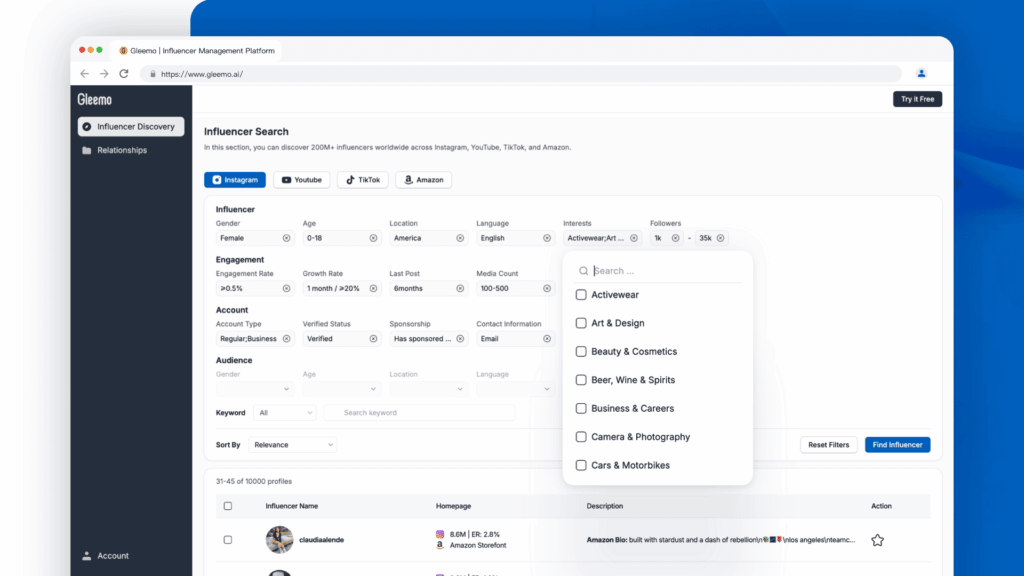
Evaluate Influencer Authenticity and Relevance
Avoid influencers with fake followers or inflated engagement metrics. Check for signs of authenticity, such as genuine comments from real users, consistent content quality, and a natural growth in followers over time.
Ensure that the influencer’s values and image are in line with your brand to maintain brand integrity during the collaboration.
4. Crafting Your Offer and Outreach Message
- Plan Your Offer: Decide what you will propose to influencers. Will you send free products, offer payment, or provide commissions? Specify what you need from the influencer, such as a post, video review, or blog mention, and what they will receive in return.
- Craft Outreach Messages: Create personalized outreach messages based on your goals and audience research. Here’s a breakdown of key components:
- Subject Line: Keep it short and personal. Examples include “Quick collab idea for you” or “Loved your recent post”. Avoid clickbait or spammy subject lines.
- Greeting: Use the influencer’s name and reference something specific about them.
- Introduction: Briefly introduce yourself and your brand.
- Campaign Details: In one or two lines, explain your product and the campaign objectives.
- Offer and Compensation: Be specific about what you’re offering.
- Call to Action: End with a soft ask that makes it easy for the influencer to respond.
5. Follow-Up and Relationship Building
Follow Up Strategically
If you don’t receive a response to your initial outreach, follow up after 3–7 days. Keep follow-up messages brief and to the point. For example:
“Hi [Influencer’s Name],
I hope this message finds you well! I wanted to follow up on my previous email regarding a potential collaboration. We’re still excited about the possibility of working together on our [Campaign Name] and would love to hear your thoughts.
Looking forward to your response.
Best regards,
[Your Name]”
Build Long-Term Relationships
Treat creators as long-term partners. Engage with their posts, share their content, and tag them when appropriate. Involve them in content co-creation and reward repeat collaborations.
6. Track and Analyze
Track who opens your messages, who replies, and what they say. Once collaborations begin, monitor metrics like traffic or sales generated by influencers. Compare these to your goals to assess what’s working. Adjust your strategy based on data to continuously improve.
By following these steps, you can conduct effective influencer outreach and build meaningful partnerships with influencers to achieve your brand’s marketing objectives.
5 Best Practices for Outreach to Improve Collaboration Efficiency
1. Prioritize Email Over DM
Emails are more professional than direct messages (DMs) and are convenient for recording and tracking. Sending collaboration invitations via email demonstrates the brand’s formal attitude. Meanwhile, utilizing email tools’ read receipts and click-tracking features allows you to promptly monitor influencers’ feedback.
2. Templates and Personalization
While templates enhance communication efficiency, relying solely on copy – pasting reduces influencers’ willingness to respond. It’s recommended to adopt a strategy of “60% template framework + 40% personalized content.” Based on the template, adjust the content by incorporating the influencer’s latest posts and fan characteristics to make each email appear sincere and unique.
3. Soft CTAs to Improve Response Rates
Avoid using aggressive CTAs (Calls to Action), such as “Please confirm the collaboration immediately,” as they may pressure the influencer. Instead, opt for gentle expressions like “Would you mind sharing your rate range for collaboration?” or “We look forward to hearing your suggestions on the collaboration format.” This approach effectively boosts response rates.
4. Data-Driven Optimization
Regularly track key metrics such as open rate, response rate, and conversion rate. Analyze which strategies are effective and which need improvement. For instance, if emails with a certain subject line have low open rates, try changing the title. If the response rate is low, optimize the email content and value proposition.
5. Long-Term Relationship Mindset
Influencer Outreach should not be limited to one-off collaborations but should focus on building long-term relationships. During non-collaboration periods, brands can regularly share industry updates, brand achievements, or engage with the influencer’s content through likes and comments to lay the groundwork for future collaborations.
How Gleemo Simplifies Your Entire Influencer Outreach
Gleemo is a comprehensive influencer management platform designed to streamline and simplify every aspect of influencer marketing. With Gleemo, you can:
Precise Influencer Discovery
Gleemo’s robust database encompasses millions of influencers across Instagram, YouTube, TikTok, and Amazon. Utilizing advanced search filters, you can discover influencers that perfectly match your brand’s criteria based on niche, audience demographics, engagement, and more.
Bulk Contact Information Acquisition
As mentioned earlier, the ability to obtain bulk influencer contact details is one of Gleemo’s standout features. Brands can save a significant amount of time that would otherwise be spent manually searching across platforms, allowing them to export emails and social media accounts in one click and greatly enhancing outreach efficiency.
Automating and Managing Outreach Processes

Once potential influencers are identified, Gleemo enables you to efficiently automate and manage outreach workflows. Send AI-generated personalized messages, track responses, and organize interactions—all from a single platform. This automated process saves time and ensures no potential partners are overlooked.
More importantly, Gleemo’s upgraded email features integrate cutting-edge artificial intelligence with seamless influencer marketing to empower brands to:
- Generate Smart Templates in Seconds: Let our AI analyze your brand voice and campaign goals to craft high-converting email templates, from initial pitches to follow-ups.
- Hyper-Personalize at Scale: Automatically insert influencer-specific details (e.g., recent posts, audience demographics) using AI, boosting open rates by 30%+.
- Optimize Delivery & Timing: AI-driven analytics suggest the best send times and email structures to land in primary inboxes and avoid spam folders.
- Automatically Summarize Key Email Information: Instantly distill lengthy email conversations into clear and concise summaries. AI scans interactions to highlight key details such as collaboration terms, content deadlines, and influencer preferences, ensuring you don’t miss any crucial points.
Collaboration Process Management
Gleemo supports full-cycle management of the collaboration process, from initial communication, content planning to delivery and execution. Users can track the status of each influencer collaboration on the platform, upload and share files, integrate data reports, and ensure transparency and clarity throughout the collaboration process.
With Gleemo’s powerful features, you can scale your influencer marketing campaigns without compromising efficiency or personalization. Whether you’re collaborating with a few micro-influencers or a vast network of creators, Gleemo can meet your needs and help you achieve your marketing objectives.
Influencer Outreach Email Templates: 7 Customized Examples for Different Scenarios
1. General Collaboration
Subject: Collaboration Opportunity with [Your Brand]
Hi [Influencer Name],
I’m [Your Name] from [Brand], and I’ve been following your work on [Platform]. We loved your recent post about [specific topic/content]—especially how you [personalized detail].
We’re reaching out to collaborate on a paid campaign. You’d create [deliverables, e.g., 1 IG post + 2 Stories] highlighting our [product/service]. Compensation includes [cash/product/commission details].
Interested? Reply for more details! We’d love to partner.
Best,
[Your Name]
2. Brand Ambassador Pitch
Subject: Invitation: Join [Brand] as an Ambassador!
Hi [Influencer Name],
As [Role] at [Brand], I’m a huge fan of your authentic voice in [niche]. Your post on [specific example] aligns perfectly with our mission to [brand value].
We’d love you to become a long-term ambassador! You’d receive [free products/exclusive perks] + [commission/cash] for content like [examples].
Let’s chat. Reply to explore!
Cheers,
[Your Name]
3. Giveaway Collaboration
Subject: Team Up for a [Brand] Giveaway!
Hi [Influencer Name],
We’re launching a giveaway of [product] and think your audience would love it. You’d host [number] posts/stories sharing the giveaway (rules: [brief details]).
We’ll provide: [free products + payment details]. Your creativity makes you the perfect partner!
Game? Reply to coordinate!
Thanks,
[Your Name]
4. Product Review Request
Subject: Honest Review Request: [Product]
Hi [Influencer Name],
I’m [Your Name] from [Brand]. Your reviews of [similar products] are incredibly helpful—like your take on [specific example].
We’d love to send you our [product] to test. No obligations! If you enjoy it, we’d be honored if you shared your thoughts ([compensation details]).
Interested? Reply with your mailing address!
Best,
[Your Name]
5. Sponsored Content for Macro-Influencers
Subject: High-Impact Sponsored Opportunity: [Brand]
Hi [Influencer Name],
As a leader in [niche], your content resonates with our audience. We’re seeking partners for a premium sponsored campaign: [deliverables, e.g., YouTube video + IG grid post].
Compensation: [competitive rate] + [usage rights details]. We value your creativity—let’s discuss ideas!
Reply to this email, and I’ll give you all the details.
Regards,
[Your Name]
6. Event Invitation
Subject: Exclusive Invite: [Event] by [Brand]
Hi [Influencer Name],
We’re hosting [event name] on [date] and would love you to join us as our guest! Your expertise in [niche] makes you an ideal attendee.
Details: [Location/Virtual link]. We’ll cover [travel/accommodation if applicable] and provide [gift bag/product samples].
Can you make it? Reply by [RSVP date]!
Excited to connect,
[Your Name]
7. Affiliate Partnership
Subject: Earn Commissions with [Brand]!
Hi [Influencer Name],
Love your content around [niche]! We’re inviting creators to join our affiliate program. Promote [product] with your unique code and earn [commission %] per sale.
Benefits: [exclusive discounts for followers + early access to products].
Interested? Reply for your signup link!
Best,
[Your Name]
Upgrading from “Outreach” to “Long-Term Collaboration” Mindset
Influencer Outreach is not just a simple collaboration invitation but the starting point for brands and influencers to build a long-term mutually beneficial relationship. By accurate screening, communicating personally, optimizing with data, and leveraging professional tools, brands can significantly improve collaboration efficiency and conversion rates.
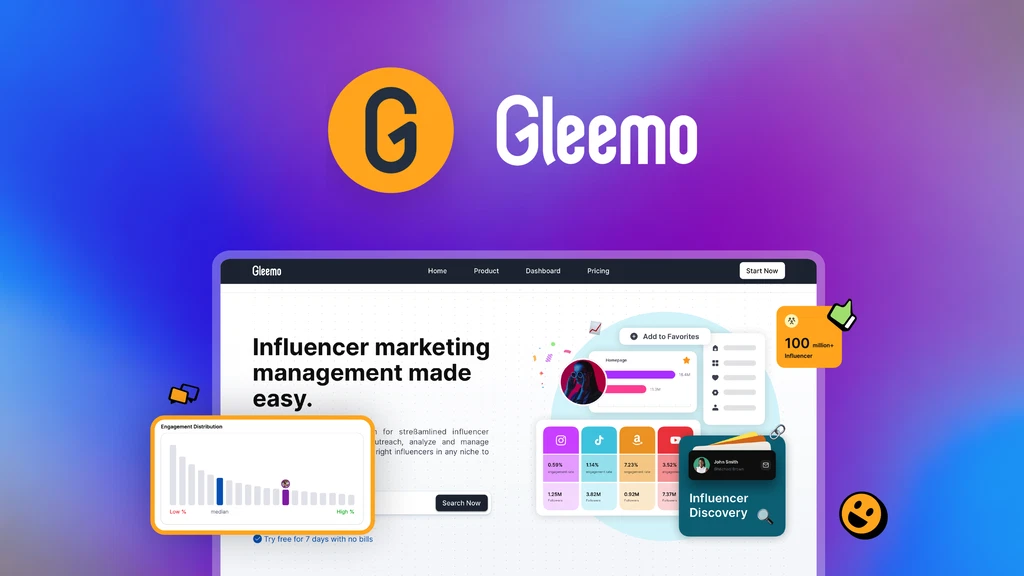
Start your free Gleemo trial today to embark on an efficient Influencer Outreach journey and enhance your brand’s influence in the social media era!
FAQs
How to assess an influencer’s true impact?
Go beyond the follower count. Crucially analyze:
Use third-party tools to detect fake followers (low engagement/follower ratio is a red flag).
Engagement Rate (%) and comment quality.
Audience Demographics & Overlap with your target customers.
Content quality and posting consistency.
Which influencers should I prioritize with a limited budget?
Micro-influencersare highly recommended. Their audiences are often more loyal and engaged, rates are generally lower, and they frequently achieve higher conversion rates than mega-influencers. Many are open to product-exchange collaborations.
How many follow-up emails are appropriate?
Generally, it is advisable to send 1-2 follow-up emails. Send the first follow-up 3-7 days after the initial communication. If there is still no response, send the second one 7-10 days later. Over-following may irritate the influencer, so it’s important to know when to stop.
